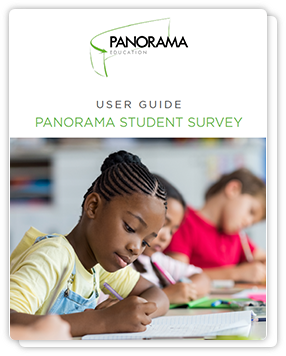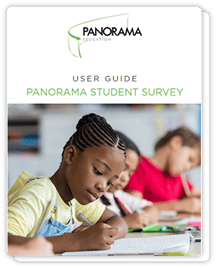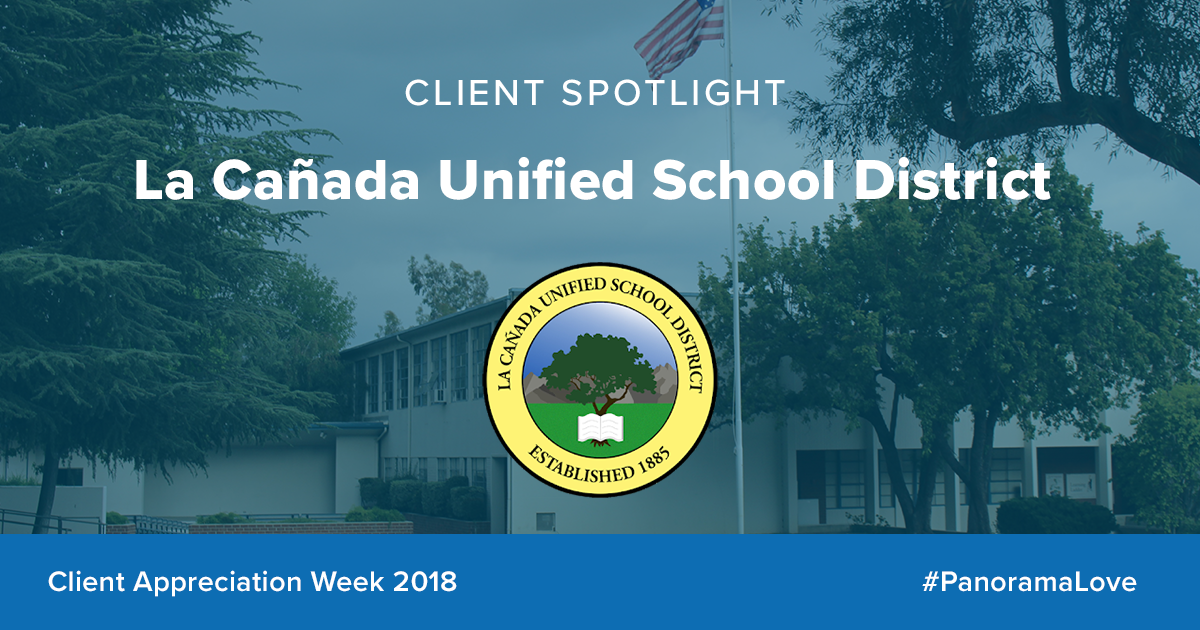Student surveys can be a powerful way to communicate to your students that their feedback is "valued, essential, and wanted," believes Jay Robinson, Superintendent of Schools in Maine School Administrative District #72 (MSAD #72). For the last two years, MSAD #72 has done student surveys to better understand students’ classroom experiences and to support their district strategic plan. To learn more about how they are using their student surveys to take action and make change, Panorama spent a day with the leadership team and a number of teachers in MSAD #72.
Student Surveys in MSAD #72
MSAD #72 is a small, rural district centered on the town of Fryeburg, near the border with New Hampshire. It serves about two thousand students in grades K-8. When the state of Maine issued a mandate that proposed new metrics for assessing teaching efficacy, learner perception feedback was included as an optional component.
MSAD #72 decided to do student surveys with their third through eighth graders to learn more about school climate, teaching effectiveness, and student engagement, using questions from the Panorama Student Survey. They have administered the questions twice a year since spring of 2014 to have both baseline data and progress metrics.
"I think student surveys are going to become a critical part of the way we do business, an integral and evolving part of students’ and teachers’ lives in the classroom. We want to change our district culture, and that comes from helping everyone feel comfortable speaking to and engaging with each other about what’s working and what could be stronger."
—Jay Robinson, Superintendent of Schools, MSAD #72
Panorama is delighted to support the work of inspiring districts like MSAD #72, and excited to share how MSAD #72 gets the most out of student perception data. Read the case study to learn how Jay, his fellow administrators, and the teachers they support are using student perception data to learn about the quality of relationships between students and teachers, to set individual, school- and district-wide goals, and to measure improvement on strategic objectives. Watch Jay talk about the value of student surveys.







.png?width=350&height=212&name=pano-ft-rsrce%20(1).png)